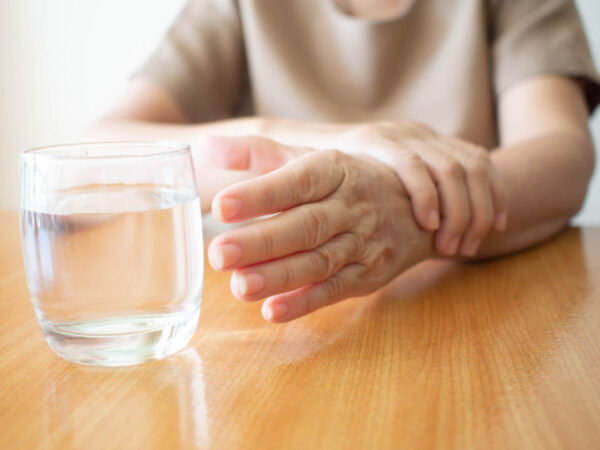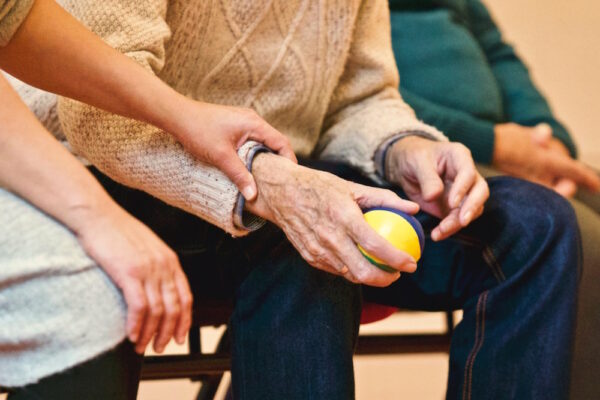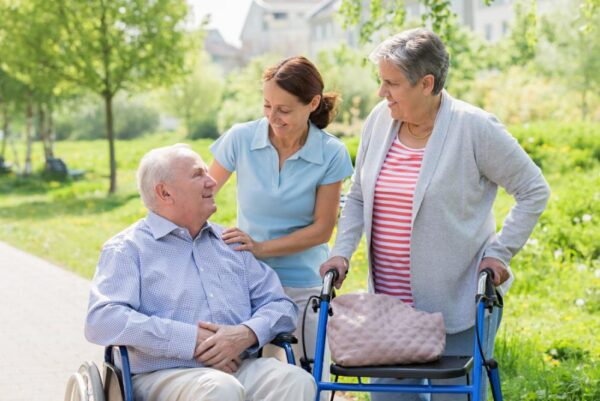Although you might think that Parkinson’s disease isn’t that commonly present in our society, it shouldn’t come as a surprise for you to hear that every year, approximately 10 million people get diagnosed with this condition.
While the statistics are severely unpleasant, it’s important to understand this disease, its causes, symptoms, stages, consequences, as well as the ways to prevent it, react if you notice it, and finally – cure it, through medication and other forms of therapy.
Why is this important? The answer is simple. Just like the vast majority of diseases, if noticed in the early stages, the chances for treatment and improvement of one’s lifestyle are much higher, compared to the more serious, late stages of the disease. Understanding the condition, and being able to detect the first signs of it, can significantly help your loved one to win the long and excruciating battle against the disease.
Defining Parkinson’s – What You Need to Know

What is this disease anyway? Chances are you’ve probably seen elderly people being unable to stop shaking their head or their hands and having difficulties functioning. It’s Parkinson’s. Only the problem is, this disease doesn’t affect only the elderly. It is a sneaky condition that starts slow, even before people who are affected notice the first-hand tremors, chances are – it’s already there.
It usually starts with only an insignificant tremor in one of the extremities – whether it is a hand, or a leg, or limbs such as fingers or a single finger. This symptom can barely be noticed and it makes it harder to detect the condition at the earliest stages. From that on, the condition takes its toll. The tremors are being more and more present, and they gradually worsen, until they reach the worst stage – if not being treated.
However, because of its nature, Parkinson’s disease is something that usually goes unnoticed, and that’s where the danger of non-treatment enters the stage. This is especially a concern for older people who live alone and have no one to take care of them, while being unable to notice that something is wrong. It all starts with tremor – usually at rest, or when you try to indulge in some of your daily activities.
After that, the next stage is a slower pace of movement, which makes everything look like it’s slow motion. At this point, even the simplest tasks may seem overwhelming and may consume too much of the patient’s time. In most cases, both hands and legs (especially feet) are targeted, making it hard to walk, or stand up from the sitting position. This leads to stiff muscles, which then results in limiting a person’s normal range of motion.
Finally, if the disease progresses that much, it can cause posture and balance problems, making it extremely complicated and tiring to stand on your own, walk or do any other physical activities. Automatic movements such as blinking or smiling can easily become impossible to perform, including difficulties with speaking, chewing and eating, and doing almost any activity that you’ve learned to do during your lifetime, such as writing.
The Dark Side of Parkinson’s

Possibly the worst thing about Parkinson’s is the fact that there’s no straight line when it comes to the disease progression or the seriousness of the symptoms. It’s been proven that symptoms vary, and that every individual with this condition can develop different stages of Parkinson’s, depending on innumerable factors.
However, the most important factor of them all is taking medications and slowing down the progression of the condition. It is proven to be a slow killer or in other words – it slowly causes damage to the brain through loss of the nerve cells, causing problems with movement and cognition – which then affect peoples’ entire lives.
When it comes to the lifespan of the patients with this condition, it is slightly shorter, compared to healthy people, which is good news. Still, an important thing to have in mind is the fact that patients are usually being diagnosed long after the first symptoms occur, or the first symptoms occur years after people get this condition.
After that, with the right medications and therapy, it’s been proven that people have a good lifestyle and live a decade or two more. The vast majority of Parkinson’s patients experience some of the symptoms between the ages of 50 and 60, which is also when they first seek help – which is the information that helps us understand when the symptoms occur, but not when the disease appeared.
What Is There to Be Done?

There are medications, surgeries and treatments that can help a patient slow down or even neutralize the symptoms. Unfortunately, Parkinson’s usually causes at least moderate disability, but in many cases, patients get severely disabled. This means that they are unable to carry out simple daily tasks and activities, which then means that they need 24/7 help from someone.
For the members of the families with people who have this condition, this can oftentimes become overwhelming. Moreover, professional help is needed in most cases of Parkinson’s, as it’s the only way to properly treat patients, and pay attention to every aspect of their recovery.
That said, one of the best options for people with Parkinson’s is the treatment in a rehabilitation center. When using the services of a rehabilitation center, patients get diagnosed with the help of a team of different health care providers. They work in synergy in order to find the best treatment, paying attention to the patient’s needs.
After that, they monitor the patient and provide health care every day of the week, focusing on physical therapy in a controlled environment. The main goal is to reduce muscle rigidity as well as increase the dopamine levels in the brain, through medications. Rehabilitation centers offer different types of rehabilitation programs, equipment and help from experts, in order to provide their patients with various therapies and increase the effectiveness of recovery.
This may include anti-gravity treadmills, special physiotherapy gym equipment, occupational therapy, speech therapy, and continuous communication with professionals – physical and occupational therapists and other doctors who help their patients develop an exercise routine, monitor exercises and prevent injuries. However, this is a delicate process. It is very important to find a center like Everest Rehab that you can trust.
When it comes to Parkinson’s disease, rehabilitation centers help patients retrieve their independence, self-respect, improve their moving and speech abilities, and help with depression, anxiety and other mood disorders that may occur as a consequence of this condition. Simply put, they improve their patients’ quality of life and offer support throughout the process to both them and their families, making the whole journey more convenient, simple and effective.



















